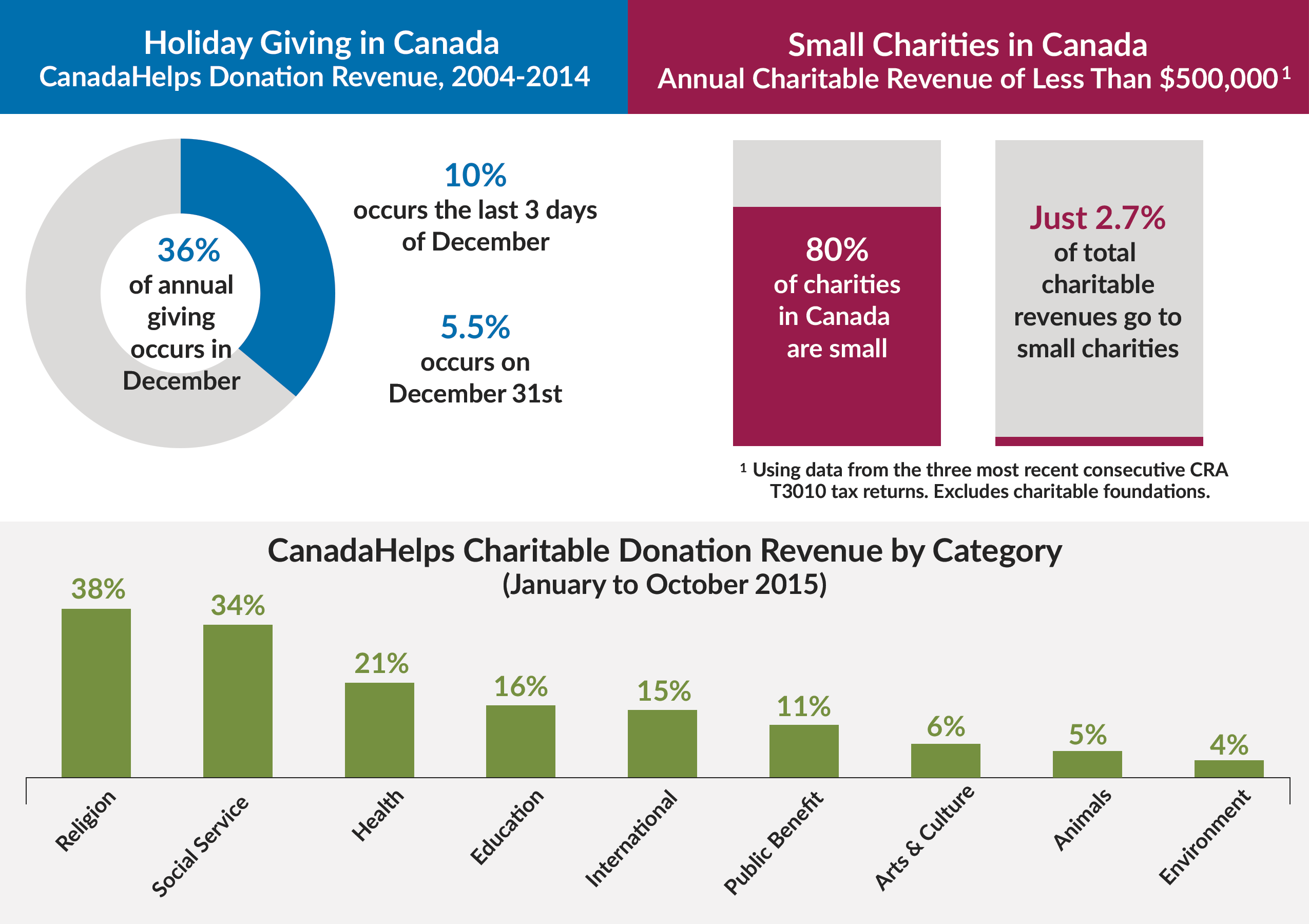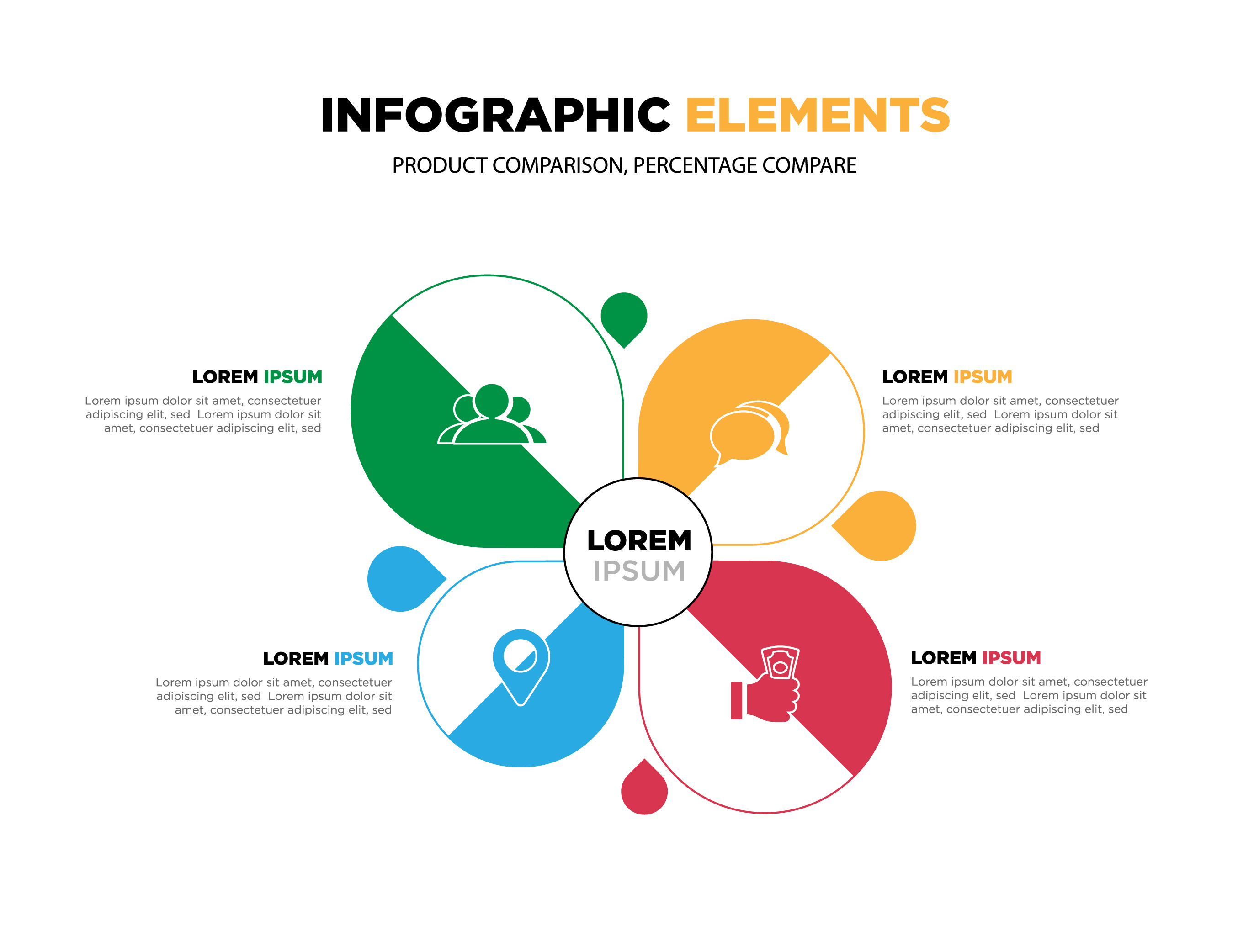

Line graphs are represented by a group of data points joined together by a straight line.


This is the type of stacked bar chart where each stacked bar shows the percentage of its discrete value from the total value. But in this case, the rectangular bars defining each group are stacked on top of each other. The stacked bar graphs are also used to show subgroups in a dataset. Each subgroup is usually differentiated from the other by shading them with distinct colors. Grouped bar charts are used when the datasets have subgroups that need to be visualized on the graph. Although the rectangular bars in a bar chart are mostly placed vertically, they can also be horizontal.įor horizontally placed rectangular bars, the categorical data is defined on the vertical axis while the horizontal axis defines the discrete data.

The horizontal axis of the chart represents categorical data while the vertical axis of the chart defines discrete data. It is usually used to plot discrete and categorical data. Bar Chart/GraphĪ bar chart is a graph represented by spaced rectangular bars that describe the data points in a set of data. However, in this article, we'll be covering the top 11 types that are used to visualize business data. There are various types of graphs and charts used in data visualization. Graphs are a good example of charts used for data visualization. Basic data is mainly 2-dimensional with a focus on raw data represented through lines, curves, etc.Ĭharts, on the other hand, is a representation of datasets with the intent of making the user understand the information in a better manner. Summarily, we can say that all graphs are charts but not all charts are graphs.Ī graph is a mathematical diagram that depicts the relationship between two or more sets of numerical data over a period of time. Graphs and Charts - What is the Difference?Īlthough sometimes used interchangeably, it is important to note that there is a difference between graphs and charts. They are of different types and vary in structure, with some having just points, others have points joined together by lines, and so on. A graph, on the other hand, not only says a thousand words but also tells a million stories.Įach point, stroke, color, or shape on a graph has a different meaning that helps in interpreting a graph. Graphs are usually formed from various data points, which represent the relationship between two or more things.Ī picture says a thousand words, they say. What is a Graph?Ī graph is a pictorial representation of data in an organized manner. Graphs and charts are easy ways of showcasing each of these content. You may need to visualize the outcome of scientific research, a sales report, an industry infographic, or a pitch deck demographic. Each of these graphs has its own strengths and weaknesses that make it better than others in some situations. There are, however, numerous types of graphs and charts used in data visualization and it is sometimes tricky choosing which type is best for your business or data. It doesn’t matter if it’s a large or small dataset, visualizing data using graphs and charts will contribute largely to your audience understanding the message. When dealing with numbers in statistics, incorporating data visualization is integral to creating a readable and understandable summary of a dataset.


 0 kommentar(er)
0 kommentar(er)
